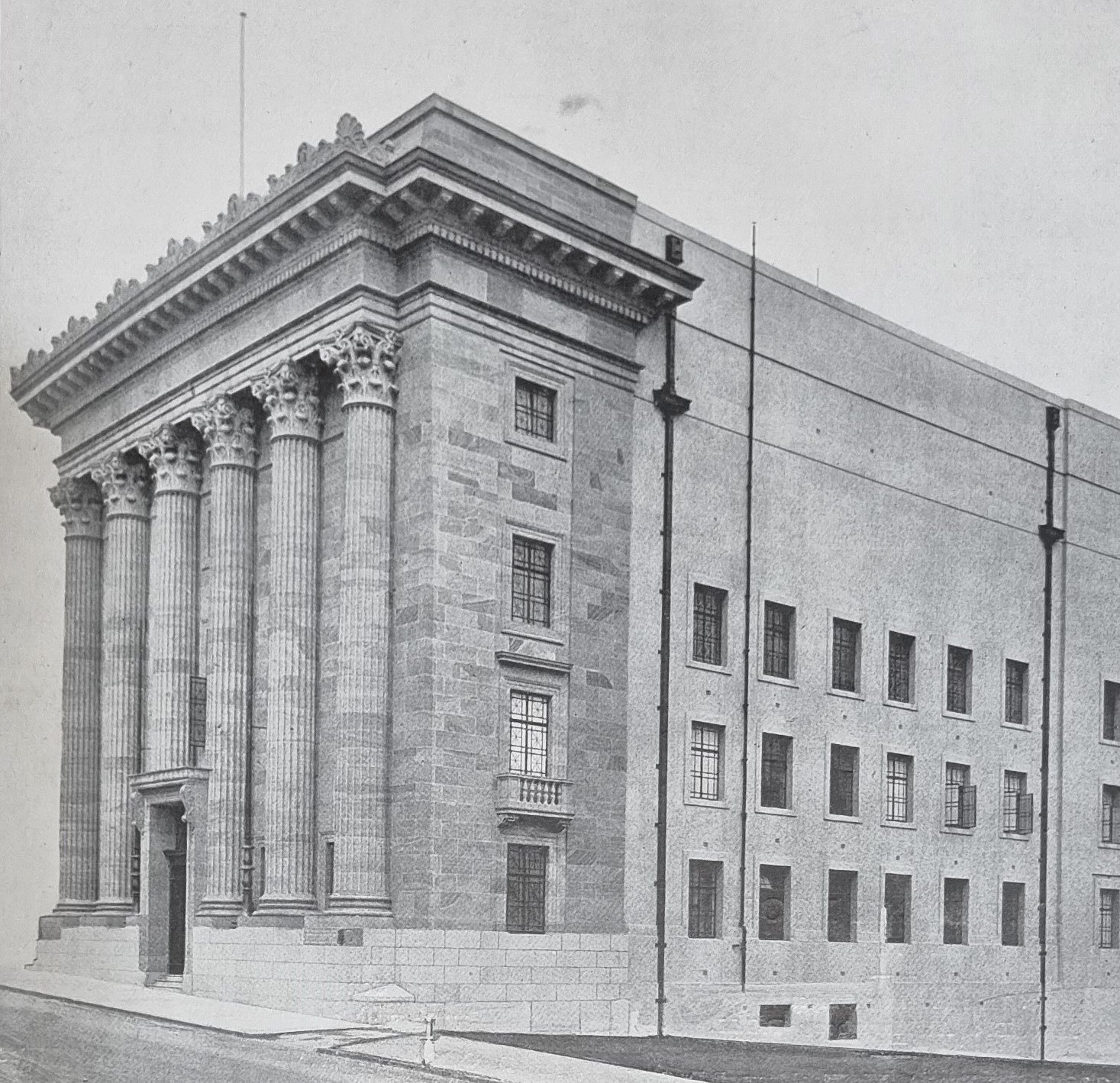Freemasons in Queensland
History books tell us Sir Joseph Banks was the botanist on the Endeavour’s voyage of discovery up the Queensland coast in 1770.
What they don’t mention was that he was the first Freemason to set foot on Queensland soil, at Green Island off Cairns.
Just over 50 years later, explorer and fellow Freemason John Oxley sailed up the Brisbane River seeking the site of a new convict settlement and what was to become Brisbane.
It seems Queensland has had a long connection with the Freemasons.
The organisation had its first official Queensland meeting in 1859, the year Queensland became a separate Colony, and 10 months before the first Queensland Parliament met.
Freemasons claim there is no secrecy surrounding their activities nowadays, as today most of Freemasonry’s principles and workings are available on line.
In the 1800s and early 1900s, Masonic temples sprang up all over Queensland, highly visible because of their imposing and rather unique architecture. Every decent sized country town seemed to have one of these eye-catching buildings.
There was suspicion because many had high windows that prevented the public from seeing inside where the ceremonies were held. The system of handshakes to identify members was also regarded by the public as a sign of secrecy.
After WW1 lodges were formed by returned soldiers seeking comradeship and to remember those who didn’t make it home.
Members felt it gave them an opportunity to escape their everyday lives to help them deal with what is now recognised as PTSD.
As a result of that post-war boom, this year many lodges in Queensland are celebrating their centenary.
By 1920, with almost 300 lodges with 16,000 members statewide, the growing movement decided to unite and form a Grand United Lodge of Queensland.
The ageing Alice Street Masonic Temple built in 1886 had outlived its usefulness and land was purchased in Ann Street for the United Grand Lodge, which has become one of Brisbane’s most iconic buildings.
Opened in 1930, it features massive fluted Corinthian columns, granite and sandstone exterior mined in Helidon, and a winding staircase of North Queensland marble.
The ornate furniture was made on site from Queensland timbers – silky oak, maple and cedar.
The headquarters of Freemasonry in Queensland was deemed an historic building worthy of preservation and is entered on the Queensland Heritage Register.
The Royal Historical Society of Queensland holds in its archives the Souvenir Booklet of the Opening and Dedication of the Queensland Masonic Temple in 1930.
It describes the five levels, four floors and a basement, with the grand hall on the top floor featuring 10 metre high ceilings.
“If this magnificent structure reminds us of our life’s obligations, inspiring and constraining us to fulfil life’s great purposes, then our life’s work will not be in vain,” said the Grand Master.
Many Queenslanders of note, from Governors to Lord Mayors, judges, scientists, academics and business leaders have been Freemasons.
Far from keeping its activities secret, the Masonic Temple is a keen participant in Brisbane’s annual Open Day on July 15 and 16.
The public is invited to view all aspects of Freemasonry including the traditional regalia, and members will be on hand for tours and to answer questions.
A highlight will be recitals on the Masonic pipe organ built by in 1930 by Whitehouse Bros. of Brisbane.
Grand Organist and Choir Master Gary Young, who has been a Freemason for 50 years, will also play at a special public service later this month on Anzac Day.
Article by Lynda Scott



